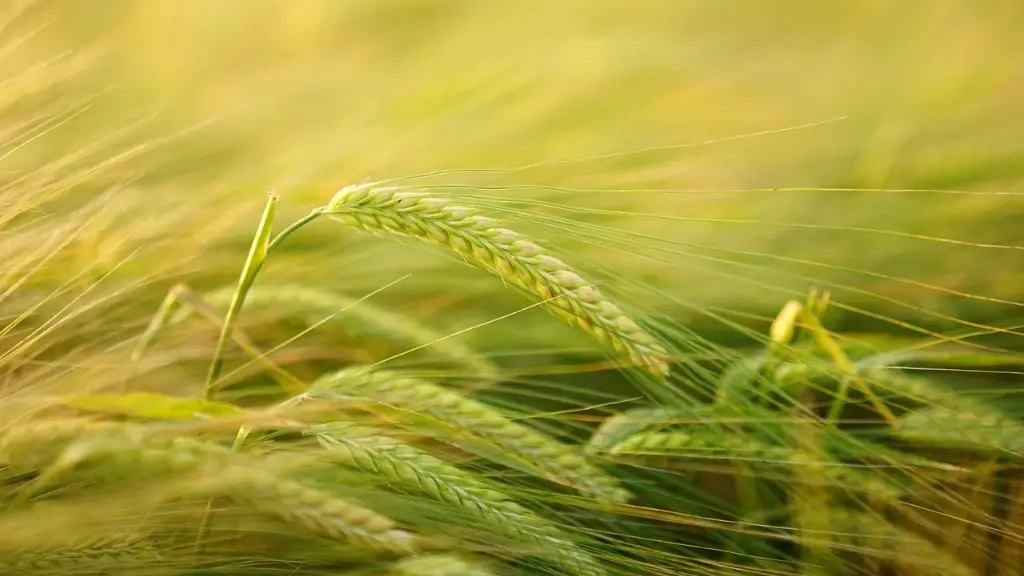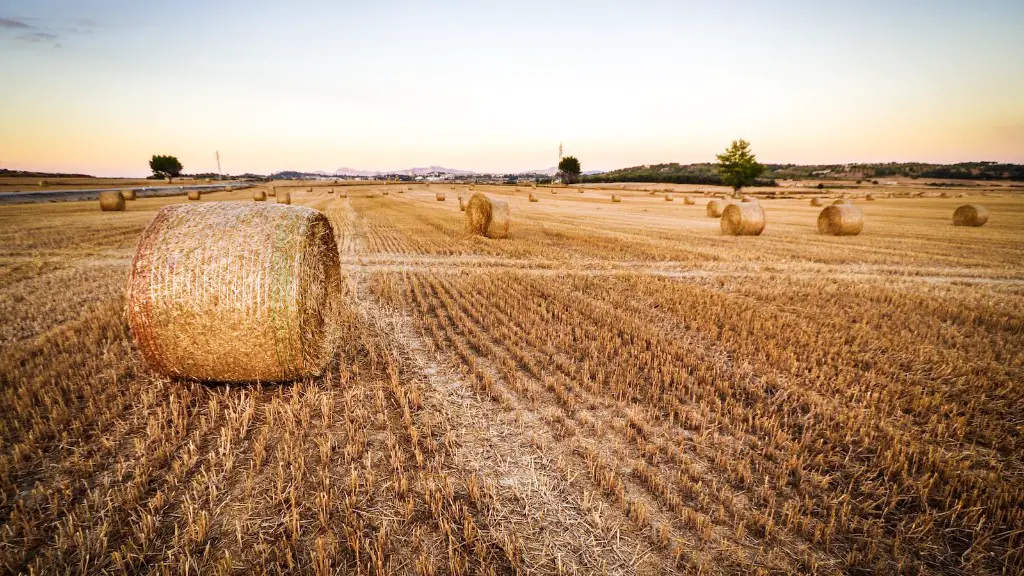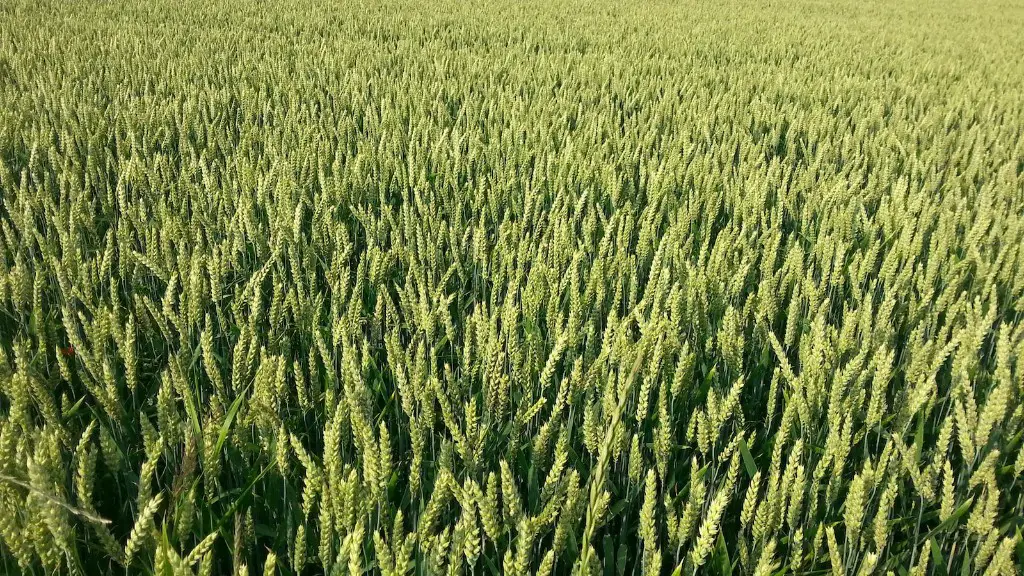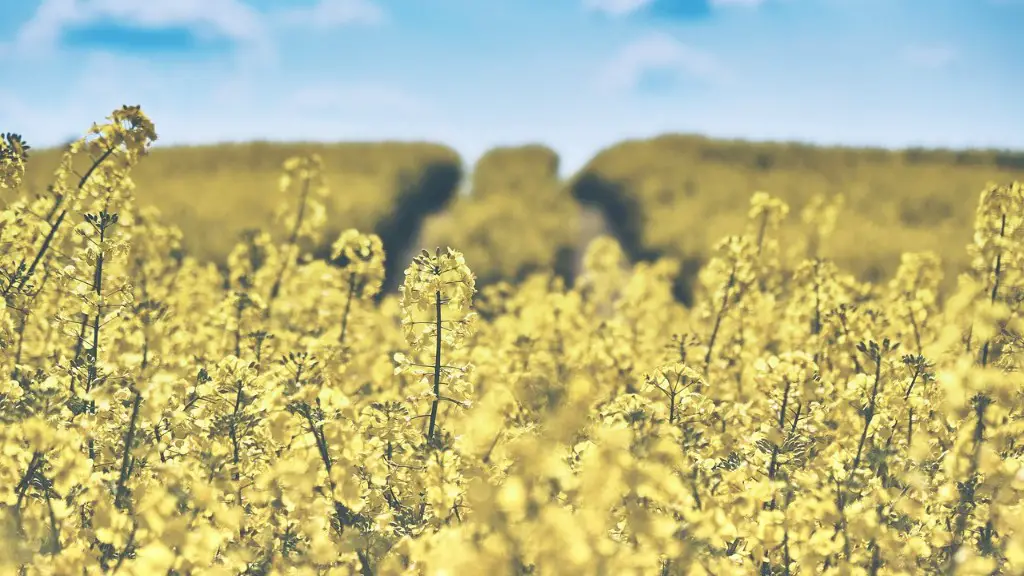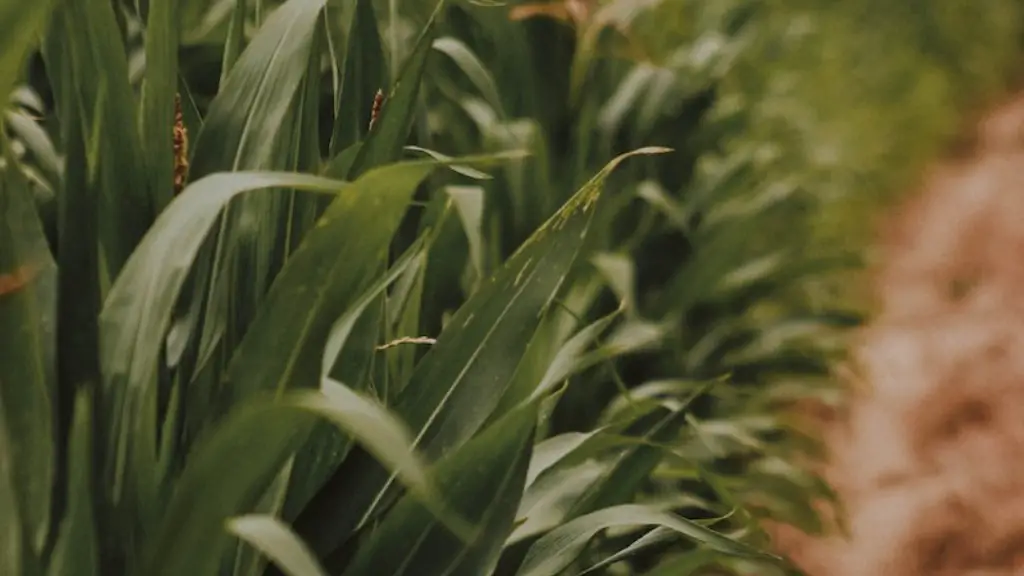Agriculture is a major industry in many countries around the world. Some countries are heavily dependent on agriculture for their economy and livelihood of their citizens. In this article, we will discuss the countries that have the highest reliance on agriculture, and what role agriculture plays in their economy.
China is the most populous country in the world and has the highest volume of agricultural production. It is estimated that 17% of the population is employed in agricultural-related activities, and China is the world’s largest producer of many commodities including rice, wheat, and pork. China heavily relies on large scale agricultural production, with a focus on high-yield crops such as wheat and corn.
India is the second largest producer of agricultural products in the world. About 33% of the population is employed in agriculture-related activities. India is a major producer of many crops like rice, sugar, cotton and jute. India is also the largest producer of tea and spices.
Brazil is another country highly dependent on agriculture. Nearly one-quarter of the Brazilian population works in agriculture-related activities and Brazil is one of the world’s largest exporters of coffee, sugar, and soybeans. Brazil is a major producer of many other commodities, such as oranges and beef.
Bangladesh is a country where almost one-half of the population is employed in agriculture-related activities. The majority of the population is focused on producing rice, jute, tea, mango, and potato. Bangladesh has a large and growing export market, with China being its largest partner.
Mexico is a major producer of coffee and other crops. The majority of the Mexican population is employed in agriculture-related activities. Mexico is a major producer of coffee, oranges, cotton, and corn. Mexico is also one of the largest producers of avocados in the world.
Indonesia is another country with a high reliance on agricultural production. Approximately 36% of the Indonesian population works in agriculture and Indonesia is a major producer of rice, coffee, rubber, wheat, and coconuts. Indonesia is also one of the world’s leading producers of palm oil.
Agricultural Production in China
Agricultural production in China is heavily reliant on the production of high-yield crops such as wheat and corn. China is the world’s largest producer of many food staples and is a major exporter of agricultural products. The Chinese government has implemented a variety of agricultural policies to support and strengthen the agricultural industry.
The government has also supported the modernization of China’s agricultural production systems. It has invested significantly in productivity-enhancing technologies such as hybrid seeds, irrigation, and chemical fertilizers. These investments have helped the Chinese agricultural sector to improve its productivity and to increase the amount of land dedicated to agricultural production.
China has also implemented land reforms that allowed farmers to lease land for extended periods of time. This allowed for greater investments in agriculture on the part of the farmers. As a result, agricultural production in China has been increasing over the past few decades.
The Chinese government has also provided financial support to farmers through subsidies and tax incentives. Farmers have also benefited from the increased spending by the Chinese government on rural development initiatives. These initiatives have helped to modernize agricultural production and have allowed for increased production.
The Chinese government has also been supportive of the development of international agricultural markets. This has allowed for greater access to international markets for Chinese agricultural products and has enabled the country to become one of the world’s leading exporters of agricultural products.
Agricultural Production in India
Agriculture is a major part of the Indian economy, with nearly 33% of the population employed in agriculture-related activities. India is the second-largest producer of crops such as rice, sugarcane, cotton, and jute. The Indian government has implemented a variety of agricultural policies to support and strengthen the agricultural industry.
The government has invested significantly in the modernization of India’s agricultural production systems. This has included the use of hybrid seeds, irrigation, and chemical fertilizers. These investments have helped farmers to increase their productivity and to focus on more high-value crops in an effort to increase their incomes.
The Indian government has also supported land reform initiatives that have allowed farmers to lease land for longer periods of time. This has enabled them to make longer-term investments in their land. By leasing their land, farmers are able to make more profitable investments in their land and increase their crop productivity.
The Indian government has provided financial support for farmers through subsidies and tax incentives. It has also invested in rural development initiatives that have helped to modernize agricultural production in India. These initiatives have helped to improve yields and reduce the cost of production.
The Indian government has also been active in the development of international agricultural markets. This has enabled Indian farmers to access markets for their produce and has helped to improve their incomes. These markets have provided Indian farmers with the opportunity to export their products and to increase their income.
Agricultural Production in Brazil
Brazil is highly dependent on agriculture, with nearly one-quarter of its population employed in agriculture-related activities. Brazil is a major producer of many commodities, such as coffee, sugar, and soybeans. The Brazilian government has implemented a number of agricultural policies to support and strengthen the agricultural sector.
The government has invested significantly in the modernization of Brazil’s agricultural production systems. This has included investments in hybrid seeds, irrigation, and chemical fertilizers that have helped Brazil to improve agricultural productivity. The government has also implemented land reforms that have allowed farmers to lease land for extended periods of time.
The Brazilian government has provided financial support for farmers through subsidies and tax incentives. This support has helped farmers to modernize their production systems and to increase the amount of land dedicated to agriculture. The government has also invested in rural development initiatives that have improved yields and reduced the cost of production.
The Brazilian government has also been supportive of the development of international agricultural markets. This has allowed Brazilian farmers to access global markets for their products and has enabled them to increase their incomes. This has enabled Brazil to become one of the world’s leading exporters of agricultural products.
Agricultural Production in Bangladesh
More than half of the population of Bangladesh is employed in agriculture-related activities. Bangladesh is a major producer of rice, jute, tea, mango, and potato. The Bangladeshi government has implemented a number of agricultural policies to support and strengthen the agricultural sector.
The government has made investments in the modernization of Bangladesh’s agricultural production systems. This has included the implementation of hybrid seeds, irrigation, and chemical fertilizers. These investments have helped to improve productivity and yields of crops in Bangladesh.
The government has also implemented land reforms that have allowed farmers to lease land for longer periods of time. This has enabled them to make longer-term investments in their land and to increase their crop productivity. The Bangladeshi government has also provided financial support for farmers through subsidies and tax incentives.
The government has also invested heavily in rural development initiatives that have improved yields and reduced the cost of production. These initiatives have helped to modernize agricultural production in Bangladesh and have allowed for increased production.
The Bangladeshi government has also been active in the development of international agricultural markets. Bangladesh has become a major exporter of agricultural products, especially to its largest trading partner, China. These markets have allowed Bangladeshi farmers to increase their incomes and to access markets for their products.
Agricultural Production in Mexico
Agriculture is a major part of the Mexican economy, with a large percentage of the population employed in agriculture-related activities. Mexico is a major producer of coffee, oranges, cotton, and corn. The Mexican government has implemented a number of agricultural policies to support and strengthen the agricultural sector.
The government has invested in modernization of Mexico’s agricultural production systems. This has included investments in hybrid seeds, irrigation, and chemical fertilizers. These investments have helped to improve productivity and yields of crops in Mexico.
The government has also implemented land reforms that have allowed farmers to lease land for longer periods of time. This has enabled them to make longer-term investments in their land and to increase their crop productivity. The Mexican government has also provided financial support for farmers through subsidies and tax incentives.
The government has also invested heavily in rural development initiatives that have helped to modernize agricultural production in Mexico and have allowed for increased production. These initiatives have also helped to reduce the cost of production and have improved yields of crops.
The Mexican government has been supportive of the development of international agricultural markets. Mexico is a major exporter of agricultural products, especially to the United States. These markets have allowed Mexican farmers to access markets for their products and to increase their incomes.
Agricultural Production in Indonesia
Agriculture is an important part of the Indonesian economy, with approximately 36% of the population employed in agriculture-related activities. Indonesia is a major producer of rice, coffee, rubber, wheat, and coconuts. The Indonesian government has implemented a variety of agricultural policies to support and strengthen the agricultural industry.
The government has invested significantly in the modernization of Indonesia’s agricultural production systems. This has included the use of hybrid seeds, irrigation, and chemical fertilizers. These investments have helped Indonesian farmers to increase their productivity and focus on more high-value crops in an effort to increase their incomes.
The government has also supported land reform initiatives that have allowed farmers to lease land for longer periods of time. This has enabled them to make longer-term investments in their land and to increase their crop productivity. The government has also provided financial support for farmers through subsidies and tax incentives.
The Indonesian government has invested in rural development initiatives that have helped to modernize agricultural production and to reduce the cost of production. The government has also been active in the development of international agricultural markets, which has enabled Indonesian farmers to access markets for their products and to increase their incomes.
The government of Indonesia has also been a major exporter of palm oil, which is a major commodity in the global agricultural market. Indonesia has also become one of the world’s leading producers of palm oil and is a major exporter of this product to many countries around the world.

